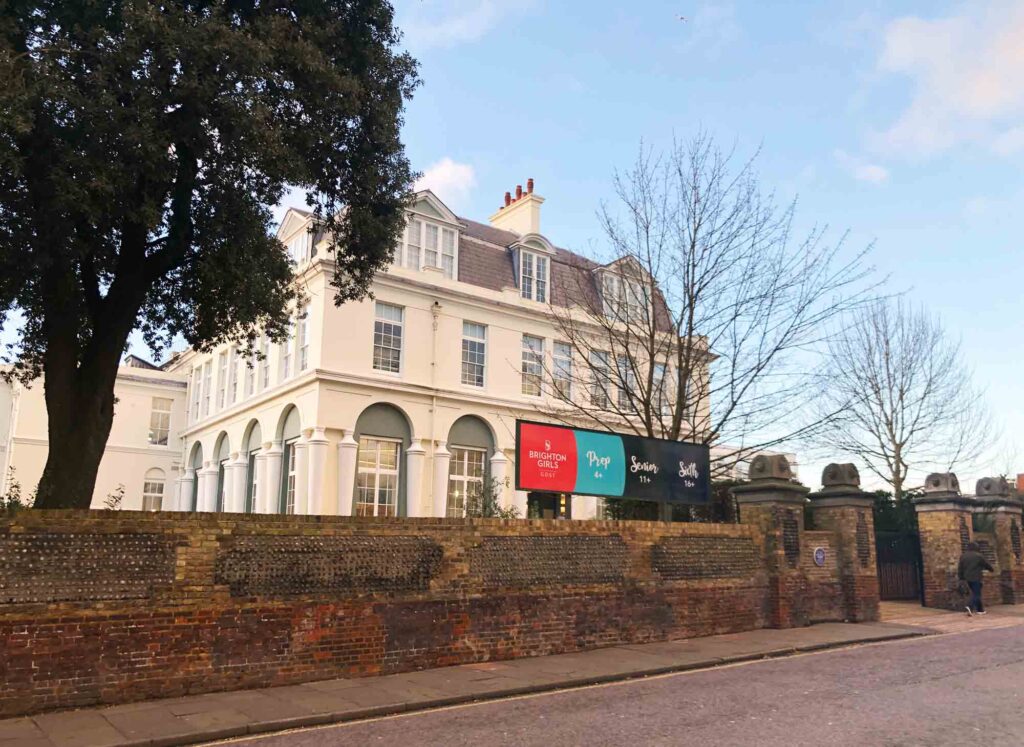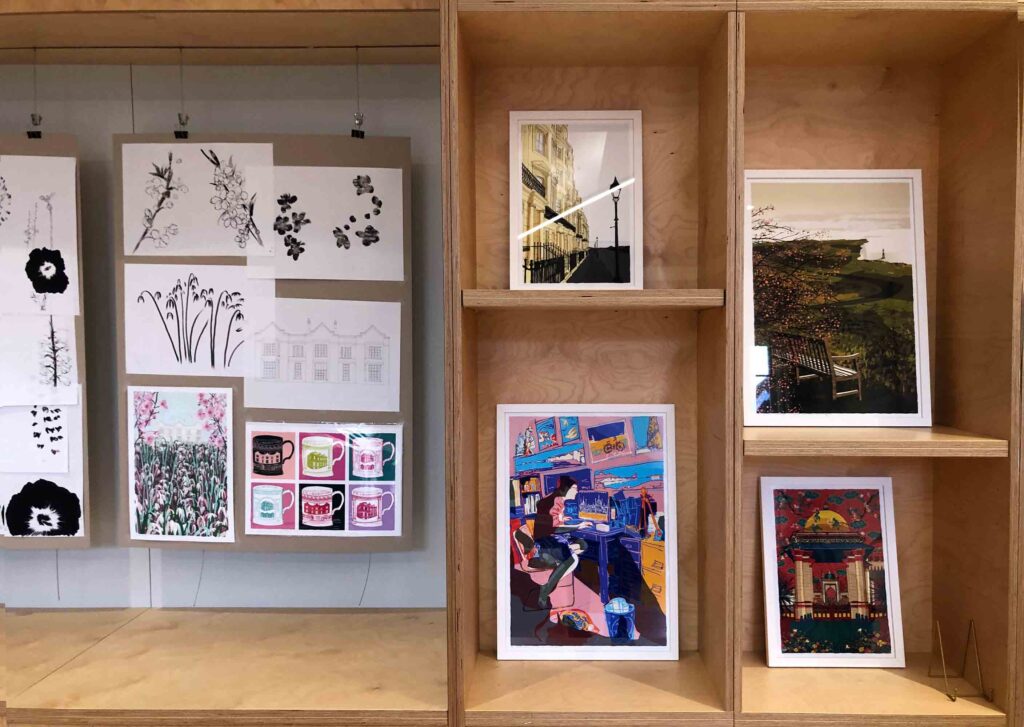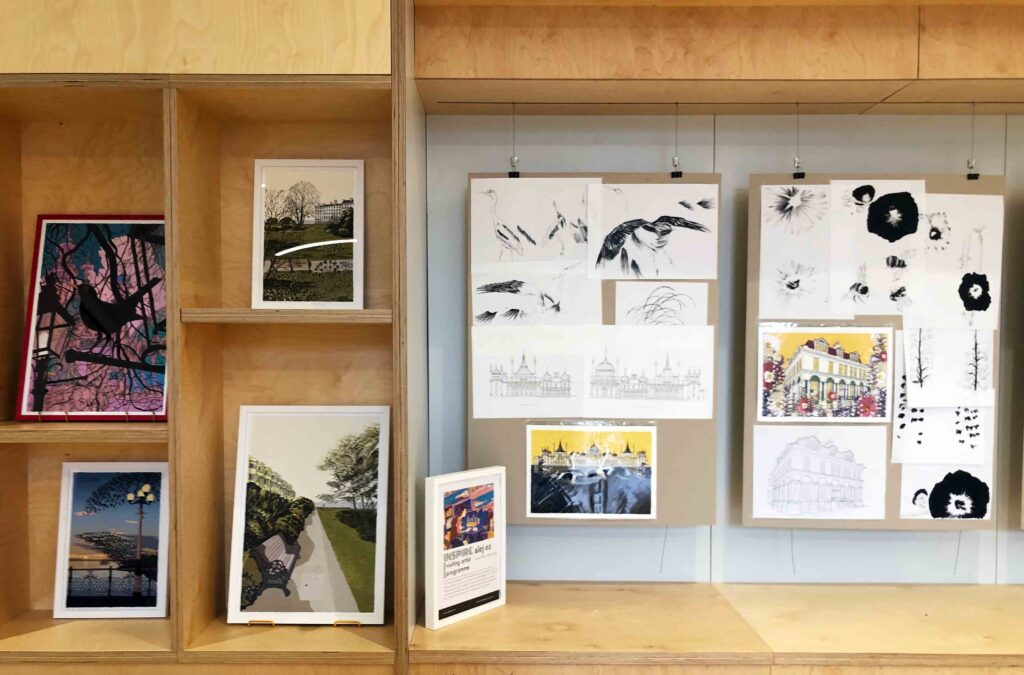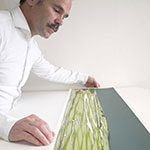INSPIRE – visiting artist programme Brighton Girls GDST – alej ez January 2025
Brighton Girls GDST has invited me to participate in their programme INSPIRE. With this programme Brighton Girls aims to build a vibrant community, connecting and inspiring students, alumnae, parents, and friends. Believing culture is for all, it offers a programme that nurtures creativity. By partnering with leading artists, writers, scientists, and entrepreneurs, the school curates termly events—lectures, concerts, workshops, and courses—drawing on the city’s creative energy to enrich education.
My collaboration will involve leading a workshop and giving a talk. In the workshop, we’ll explore the architecture around us—whether focusing on individual buildings or the cityscape as a whole—using various media to encourage an experimental approach.


Culture Talk
Alej ez Art. From Architecture to Art.
As part of this programme, I’ve been invited to speak at Brighton Girls to share my journey in art from architect to contemporary printmaker and explain that I belong to the first digital computer generation. Since my childhood, I have been exposed to emerging technologies. My first computer was a ZX Spectrum, followed by the first Windows computers. The introduction of digital image manipulation software like Photoshop and technical drawing software such as AutoCAD marked significant milestones. I also experienced the transition from developing analog photography in darkroom studios at university to acquiring my first digital cameras in 2000 in London. The development of printing technologies, including the advent of the first archival digital printers, was another important shift. Over the years, I’ve witnessed the increasing power of computing, which has allowed for more complex digital creations.
My architectural practice combines traditional hand sketching with computer-aided design. However, it was only when I moved to Brighton in 2011 that I found a nurturing art environment. This inspired me to learn and practice traditional printmaking techniques like foil lithography, stone lithography, linocuts, colographs, and cyanotypes. In printmaking, the concept of mark-making is essential—it refers to the different tools used to create marks and patterns on the print base material, which are then transferred to paper.
My practice experiments with creating ink drawings through a printmaking mindset and methodology. This is the analogue phase, followed by the digital side, which involves adding colour and, at times, creating scenes through collage.
Illustrating my art practice
As part of the programme, I’ve been invited to create a display in the main hall. For this, I’ve assembled three panels showcasing monochrome ink drawings and the final digital pigment prints.
Each case study highlights key elements of my practice, including:
- A focus on composition and the intention to create a narrative scene.
- A personal craftsmanship approach, using diverse tools like pens, sponges, sandpaper, brushes, cardboard, and feathers. I approach drawing with a printmaker’s mentality, using tools that generate repetitive patterns and motifs.
- A connection to lithography, where different plates are created for each color. Similarly, I produce separate drawings for different color layers in the design.
- An interest in historical representation across cultures, as well as inspiration from well-known artists. For example, I draw from Japanese prints by Hokusai, Andy Warhol’s multicolored screen print montages, and Victorian children’s pottery designs.
Additionally, this display includes some of my latest designs, which reflect my personal journey in both life and art


